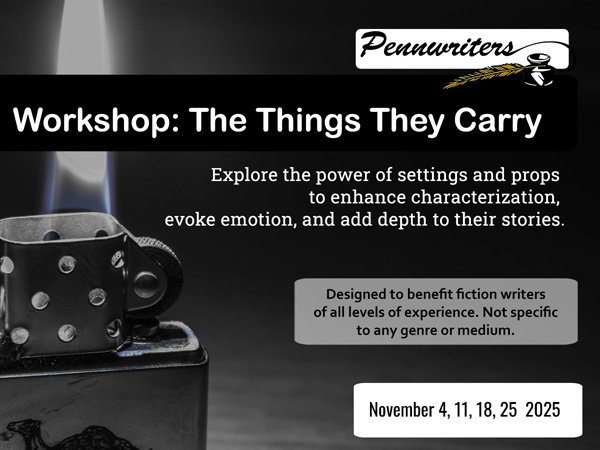How a Zippo lighter became a life-saving plot device and how you, too, can elevate your storytelling by learning to craft props and settings that reveal, advance, and resonate.
Here’s the thing about props and settings: they’re sneaky little workhorses.
 When I wrote Stargate SG-1: Four Dragons, I gave Jack O’Neill a zippo lighter after Skaara’s death. Simple choice, right? Wrong. That battered Zippo became one of my hardest-working characters.
When I wrote Stargate SG-1: Four Dragons, I gave Jack O’Neill a zippo lighter after Skaara’s death. Simple choice, right? Wrong. That battered Zippo became one of my hardest-working characters.
For the first third of the book, Jack’s relationship with that lighter told readers everything they needed to know about his grief without me having to spell it out. Flick, flick, pause. The rhythm changed with his mood—slow and methodical when he was thinking, sharp and agitated when he was angry. Sometimes he’d just hold it. Sometimes he’d flip it open and closed until Carter shot him a look. That lighter was doing the emotional heavy lifting while Jack kept his mouth shut (as he does).
But here’s where it gets fun.
Halfway through the book, Jack and Sam find themselves trapped in the bowels of Lord Yu’s palace with an extremely unhappy Unas bearing down on them. They’re weaponless. They’re out of options. And suddenly, that grief-soaked Zippo transforms from a memorial into a tool—a flaming distraction that buys them just enough time to escape.
One object. Two completely different functions. Zero exposition required.
That’s the magic of purposeful props. They work overtime. They reveal character, carry emotional weight, advance the plot, AND they do it all while your readers think they’re just noticing interesting details. It’s storytelling sleight of hand, and when it works, it’s absolutely gorgeous.
Settings pull the same trick. A character who notices the smell of rain on concrete tells you something different than one who notices the price tags on the furniture. The same kitchen can feel like a warm haven or a sterile prison depending on whose eyes we’re looking through.
Most writers know this instinctively. But knowing and executing? That’s where things get tricky.
In this four-week course, we’re going deep on settings and props—how to make them work harder, mean more, and elevate your storytelling without weighing down your prose. We’ll study examples from Michael Connelly, Tim O’Brien, and Alexis Hall. We’ll create signature props for your characters. We’ll build Setting-Prop Interaction Matrices (yes, really, and they’re incredibly useful). We’ll transform basic settings to reflect different emotional states and learn how to let your characters’ environments do some of the narrative work.
Whether you’re writing novels, screenplays, or anything in between, these techniques are universal. And they’re teachable.
By the end of November, you’ll have a comprehensive toolkit for crafting settings and props that don’t just sit there looking pretty—they earn their place on the page.
Jack’s Zippo certainly did.
WORKSHOP: The Things They Carried
TUESDAYS, November 4, 11, 18, 25 @ 7PM ET via Zoom
4-week course with on-demand video lessons + live interactive workshops
Sponsored by Pennwriters, open to the public
Price: $75 members, $100 non-members

